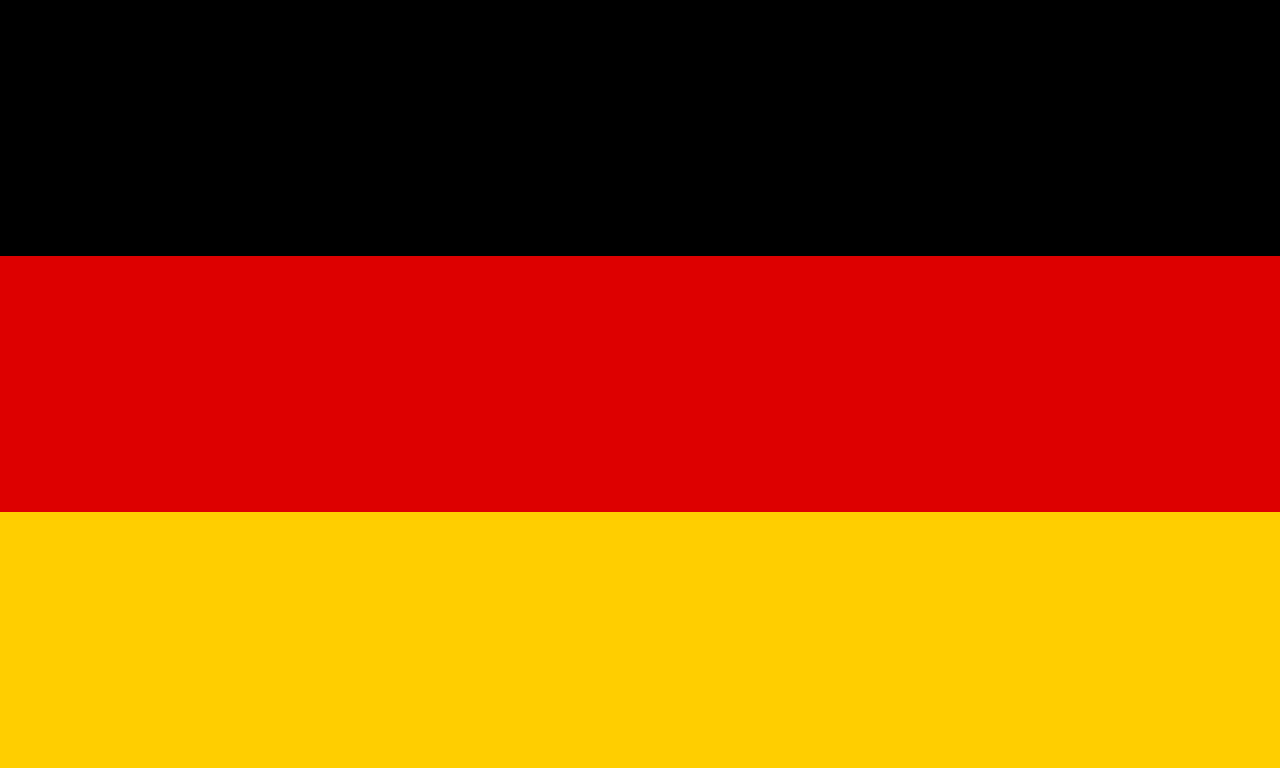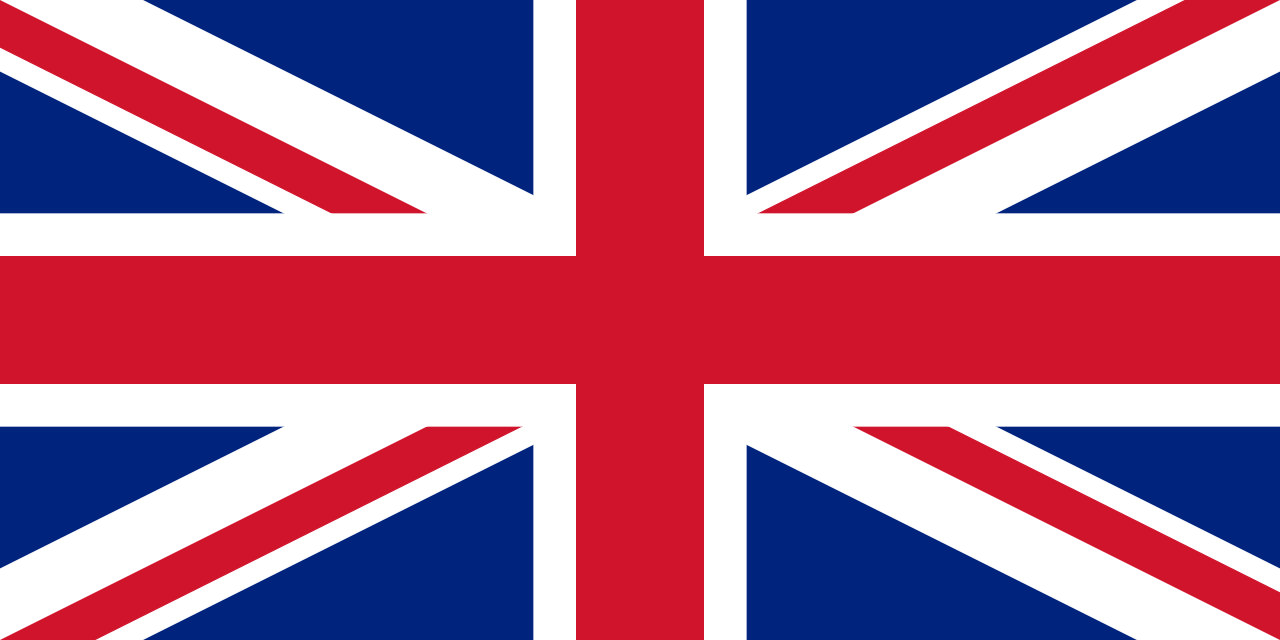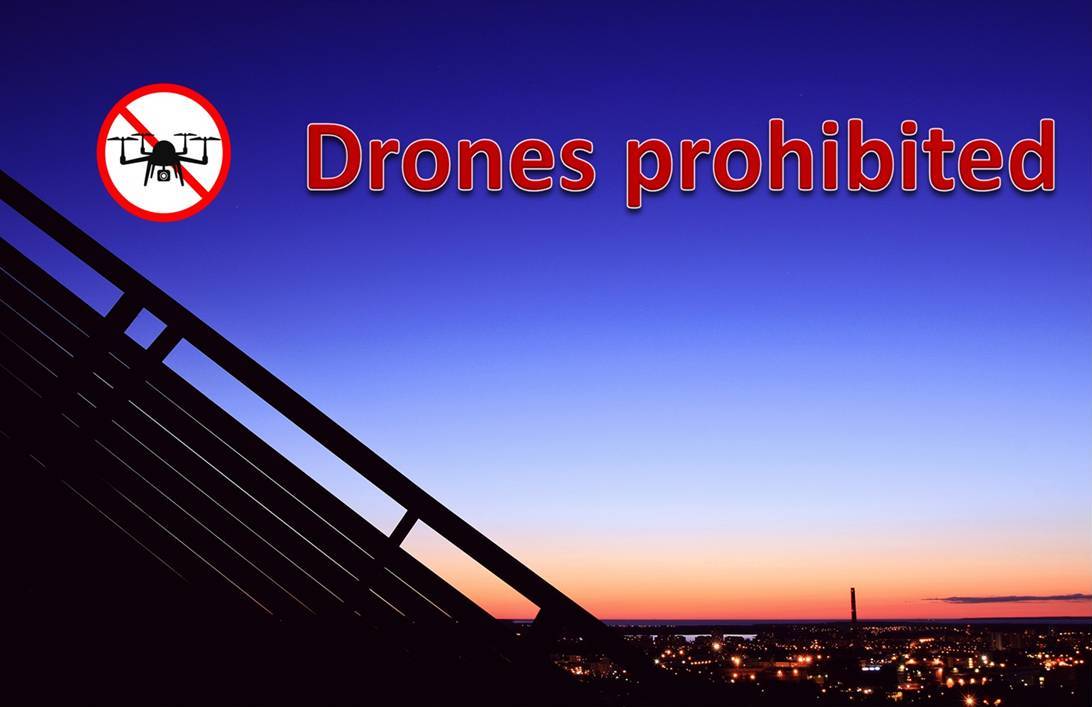Introduction
In Germany today about 500,000 drones are used in the areas of hobby, aerial photography, sensor technology and other applications. The market is growing, the technology is regularly upgraded. The products become more powerful with regard to payload, control, autonomous flying, flight time and sensor technology. Commercial use, for example in the field of transport, is investigated and tested in various applications.
Drones are a potential threat and interfere with privacy. Drones jeopardize public transport. Disregard of the rules and laws, improper handling and careless, improper operations are only a part of the abuse.
Terrorist targets are the destruction, economic damages and spread of fear and fright, usually without targeted attacks against chosen victims. The attack of our population and of the infrastructure with the use of drones, either individually or in swarm, is now widely categorized as the greatest potential threat in the future.
Legislation has an effort to adapt the legal framework to the needs. The industry develops first products for defense - often with a military or private-oriented application background.
A comprehensive solution to safeguarding security in the interior, in the airspace and the protection against particularly terrorist motivated attacks is missing. The aim of the project is the development of economic as well as strong concepts and solutions for government application, also taking into account available products in the market.
Objectives
The project includes the following work on analysis and conceptualization.
Technology and abilities of available drones
- Hobby, professional applications
- Special solutions
- Procurement channels, costs, aspects of export control.
- Effectiveness, destruction potential, long-term consequences
- Published case studies
- Strategies and tactics in terrorist-oriented deployment.
- Sensor technology, signal processing, detection and classification (threat)
- Requirements, coverage in the area, tracking of objects
- Skills and limits, use in everyday life, life-cycle observation.
- List of demands
- Detection of anomalies, warning time
- prevention of damage, damage limitation
- Airspace monitoring for small, low-flying objects
- Technology, sensor technology
- Use of existing infrastructure, mobile technology and logistics, costs
- Acquisition, analysis, classification, tracking
- Networked threat analysis, real-time requirements
- Warning, initiation of countermeasures.
- Law, ethical aspects
- Adjustments to the legal situation
- Demonstrator, integration of existing infrastructure
- Market, potential, export.
| Technology | Sensory data fusion, pattern recognition, classification Sensory networks, tracking, threat detection Databases, networking, real-time requirements |
| Markets | Global Internal security, civilian application Protection of critical infrastructures |
| Remarks | Preventive measures must be taken in the short term. Measures take time. The action "after the attack" would be a sign of irresponsibility. |
Links and downloads
 AntiDrone Informationsblatt [pdf]
AntiDrone Informationsblatt [pdf] AntiDrone Information flyer [pdf]
AntiDrone Information flyer [pdf] DITS Projekte [pdf]
DITS Projekte [pdf] DITS Projects [pdf]
DITS Projects [pdf]
Refrences from Our Members
Literature from Different Sources
